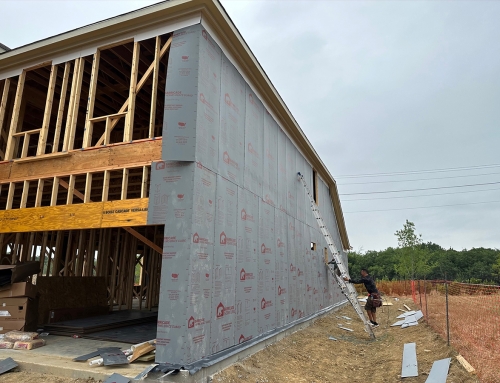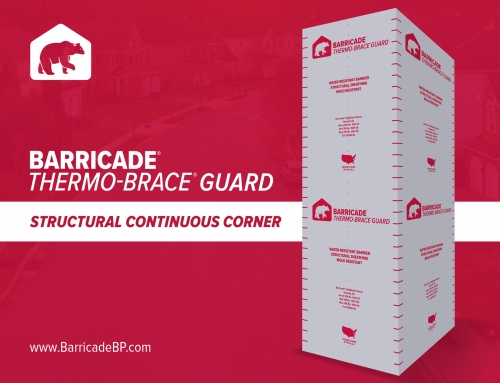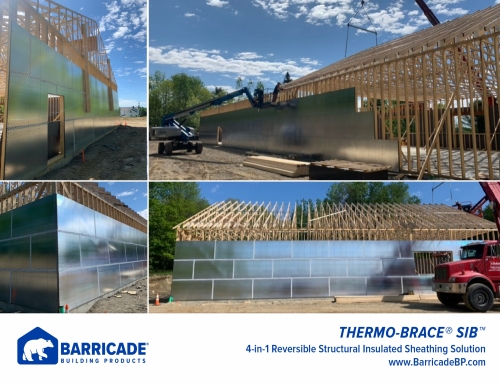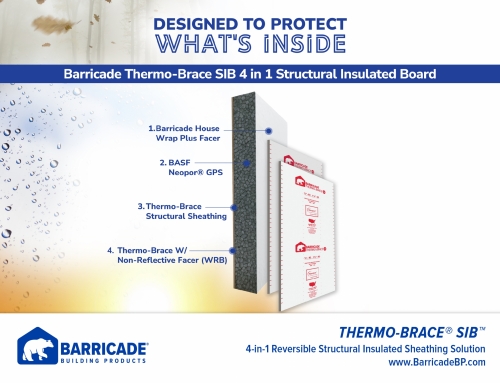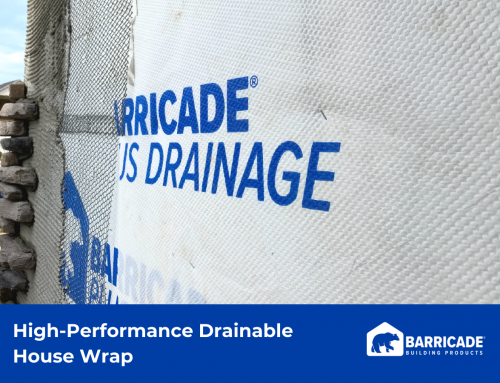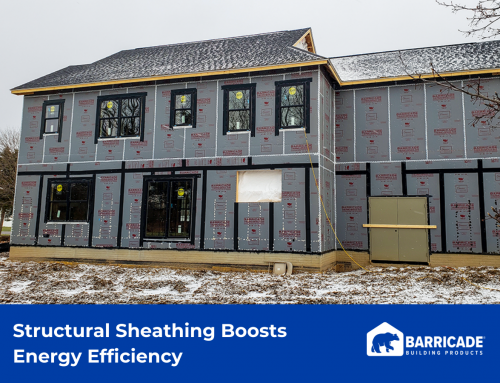Have you heard the term “vapor permeability” and wondered what it meant? Need to know what a perm is? What does this have to do with building materials or my home?
What is vapor permeability?
Often referred to as breathability, vapor permeability describes a materials ability to allow water vapor to pass through it.
If you think back to science class, you’ll remember that water can take different forms: solid, liquid, or gas. Vapor permeability concerns water in its gas form. Materials which allow water vapor to pass through them are said to be permeable.
Why does it matter?
Builders construct residential walls from several layers of material. One of these layers is often a weather barrier. An effective weather barrier has four important functions:
- Air resistance (keeping air from passing through walls)
- Liquid water resistance (keeping rain out of the building)
- Durability during construction
- The right level of vapor permeability
No wall or material is perfect, so builders know they have to be prepared for liquid water to get into walls despite their best efforts.
In addition, water always tries to seek out drier places, even in vapor form. Because water vapor can diffuse through solid materials, it can find that drier air. This means water gets inside walls as it moves from wetter to drier areas.
Here’s where the problem starts. When water gets in walls, it needs a way to get out. If it doesn’t have a way out, it damages the wall and causes mold to grow. To make matters even more complicated, the best strategies to keep water vapor out can also trap water vapor in if not used properly.
A permeable weather barrier keeps liquid water (rain) out of your walls while allowing water vapor to pass through them.
How is vapor permeability measured?
A material’s permeability is measured in units called perms. Standardized industry tests determine how much moisture can pass through a barrier in a 24-hour period. These tests give materials a relative rating that indicates how resistant each one is to allowing moisture vapor to pass through.
Materials can be separated into four general classes based on their permeance:
- Vapor impermeable: 0.1 perms or less
- Vapor semi-impermeable: 1.0 perms or less and greater than 0.1 perm
- Vapor semi-permeable: 10 perms or less and greater than 1.0 perm
- Vapor permeable: greater than 10 perms
Materials with lower perm ratings are better at stopping the movement of water vapor. If the perm rating is low enough, the material is a vapor retarder. If it’s really low, it is a vapor barrier.
If the perm rating is greater than 10, it’s not considered a vapor retarder. It’s a permeable material.
How does climate impact permeability?
In general, water vapor moves from the warm side of a wall to the cold side of a wall. This means that it tends to go from the inside out in northern climates and from the outside in down south. In the middle of the country, part of the year it goes from inside out and part of the year it goes from outside in.
This means builders need different strategies for different climates. They also have to take into account the differences between summer and winter.
What is the vapor permeability of Barricade® house wraps?
We offer a full line of house wraps to meet a wide variety of needs. Each of our house wraps has a different permeability rating.
| House Wrap | Perm Rating (ASTM E-96A) |
|---|---|
| Barricade Wrap | 11 US Perms |
| Barricade Wrap Plus | 16 US Perms |
| R-Wrap® | 50 US Perms |
Still have questions?
Do you still have questions about vapor permeability? Wondering what house wrap product is right for your job? Contact us — we’d be happy to answer your questions.


